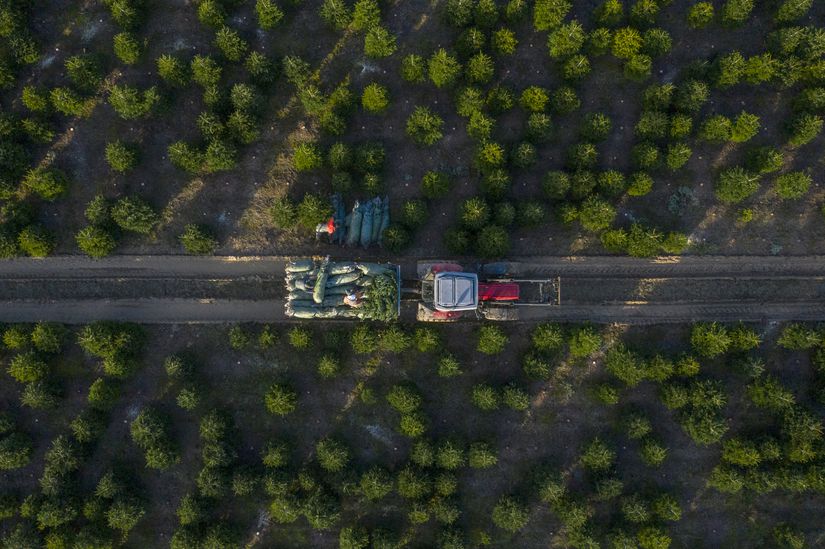How the "Green" Is Put in "Evergreen"
There's nothing like the smell of a spruce in your living room to make your home feel like the holiday season has arrived. The constant vacuuming of pine needles keeps you on your toes, too! Yet in a world where the price of everything is going up, it's hard not to wind up with a serious case of sticker shock when purchasing a real Christmas tree.
But don't blame inflation just yet. We took a look at Hustle's investigation behind the climbing cost of Christmas trees, and did some more digging to uncover more evergreen economics.


















